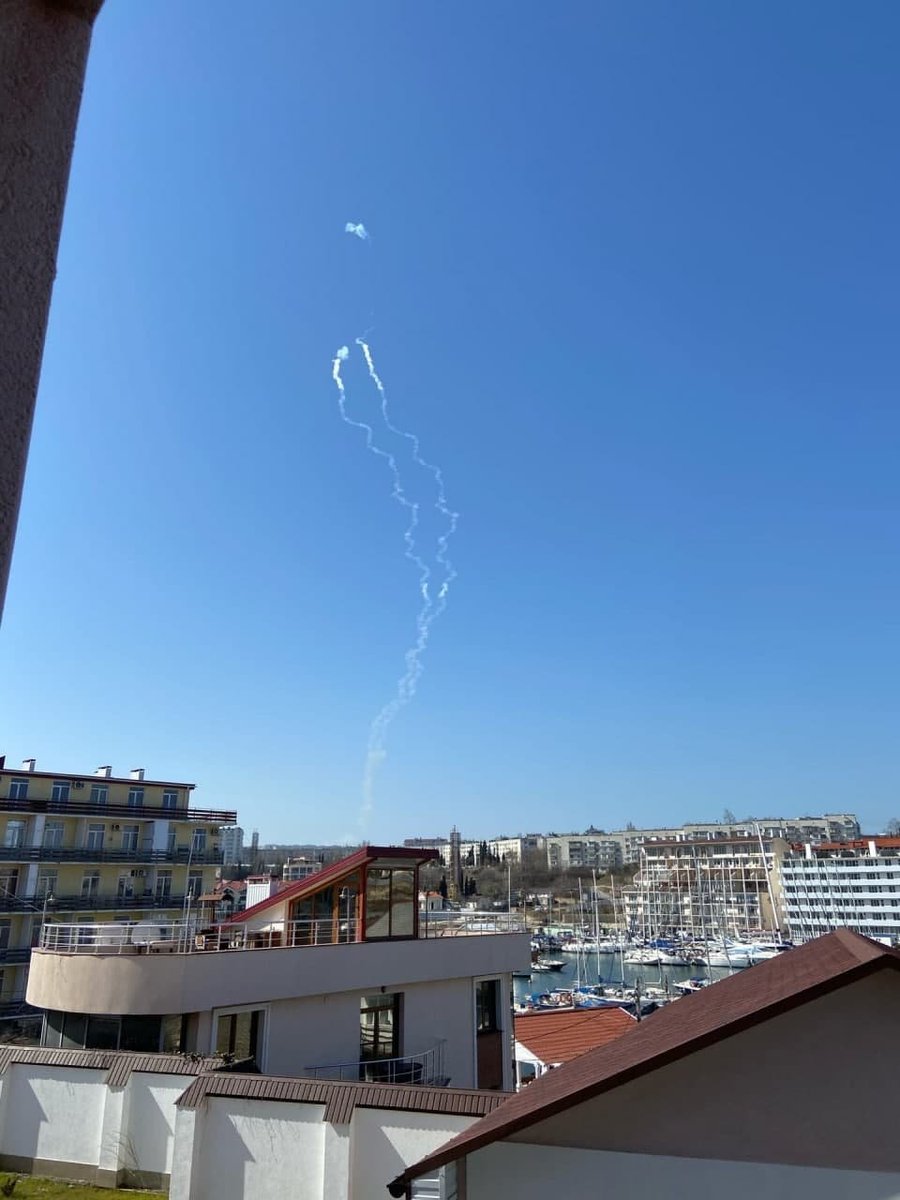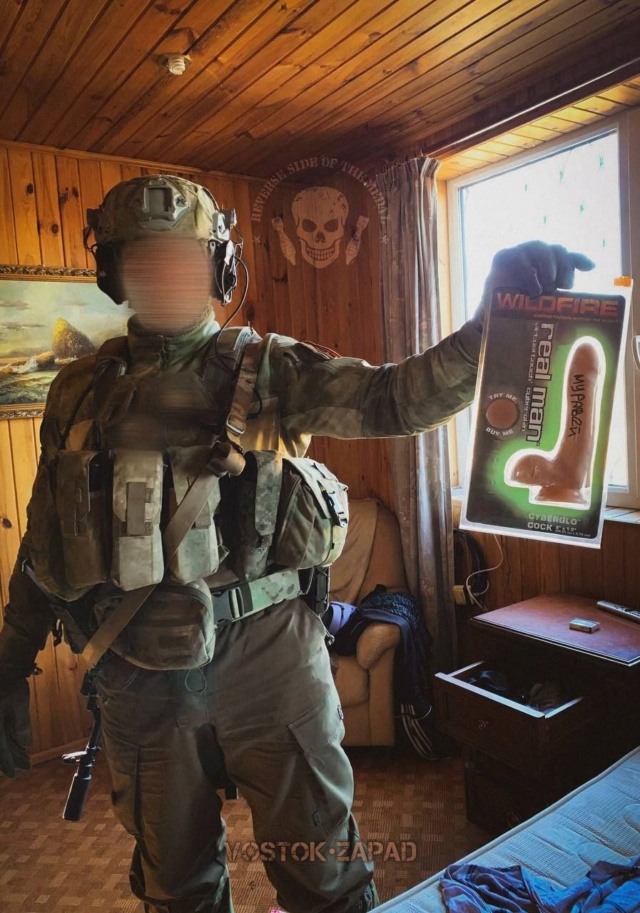Some author by the name of Panzerwaffle in a Telegram channel
A month has passed since the beginning of the operation of the Russian Armed Forces in Ukraine, I will try to estimate the pros and cons, exclusively from publicly available sources.
+ The presence of a large number of operational-tactical missile systems and cruise missiles of various types of basing, which allows you to attack targets throughout Ukraine, destroying military infrastructure, complicating rearmament, supply and replenishment of losses of the Armed Forces of Ukraine.
+ The presence of a large number of modern attack helicopters capable of operating even at night and in the SMU, in conditions of advanced enemy air defense.
+ Availability of efficient intelligence of the operational and strategic level, which ensured strikes on the bases and camps of the Armed Forces of Ukraine and mercenary units (Yavorov, Nikolaev, and other places) at the time of maximum accumulation of personnel.
+ / - The presence of a sufficiently large group of front-line aviation of the Russian Aerospace Forces, capable of solving tasks from the contact line to the deep rear, prohibiting large-scale movements of the Armed Forces of Ukraine. However, given the area of the Theater of Operations and the size of the Armed Forces of Ukraine, this grouping is not as large as we would like. If we compare the current conflict with the NATO operation in Yugoslavia in 1999, then there NATO had a grouping of 1000+ aircraft, which exceeds the entire current available composition of the front-line aviation of the Russian Aerospace Forces, with a six-fold smaller FRY area compared to Ukraine, twice the number of armed forces and four times the population. At the same time, the air defense capabilities of Yugoslavia were also immeasurably weaker than the Ukrainian ones.
- Lack of tactical reconnaissance and target designation equipment, including UAVs, especially shock ones, which further complicates the actions of the Air Force and artillery, not allowing them to knock out enemy equipment quickly enough.
- The lack of high-precision tactical weapons: corrected aerial bombs, guided artillery shells leads to the same consequences, as well as an increase in concomitant losses.
- Lack of modern armored vehicles. Judging by the well-known video materials, new-generation vehicles on the Armata, Kurganets, and Boomerang platforms are basically absent from the active troops. And if a new tank with the current enemy may not be needed, then a new generation of heavy infantry fighting vehicles and APCs would clearly not hurt.- Lack of modern logistics facilities (protected trucks, unloading/loading facilities, cargo platforms, etc.). It is a systemic problem of the Armed Forces of the Russian Federation. Read more here
.
- Apparently, the lack of readiness of the Russian troops for the conditions of combat and the capabilities of the enemy, confirmed by frequent effective attacks of the Armed Forces of Ukraine on the rear columns in the initial period of the operation, and, unfortunately, a considerable number of dead representatives of the senior command staff of the Armed Forces of the Russian Federation, who in a normal situation have nothing to do on the battlefield.
What to expect next?
Let's start from the stated goals of the operation: demilitarization and denazification of Ukraine.
Successful demilitarization of the country involves taking control of its main administrative and industrial centers, demobilizing the armed forces, reorienting or eliminating the military industry in order to exclude the re-establishment and rearmament of the army.
Denazification in this case implies establishing control over the Ukrainian state and supporting the pro-Russian government, excluding the continuation of a policy aimed at rapprochement with the West and implanting Russophobic ideology.
Both of these goals assume control over the largest Ukrainian cities.
Conclusion: if these goals remain on the agenda, we should expect that the second stage of the Russian operation will mean the introduction of additional large forces of the Russian Armed Forces and the development of an offensive with decisive goals until the above result is achieved. Otherwise, it will be difficult to talk about demilitarization, and denazification will simply be impossible: a more nationalistic and Russophobic regime will inevitably come to power in Ukraine if its main cities are not occupied by Russian troops.
Continuing to monitor the domestic logistics, we would like to note a few more features:
In addition to the fact that protected trucks are extremely rare, so far we have not seen:
— pallets and palletized cargo;
- loaders (except for TZM)—
- standardized plastic capping/packaging;
- analogs of the DROPS system
-containerized cargo or container carriers;
We see barrels, cans, and wooden crates stacked up. Unloading takes place mainly in the old — fashioned way-with handles, and drivers go with paper invoices.
Such a transport and logistics system does not work at all, but it is insanely inefficient in terms of labor costs and requires more personnel at a lower speed for performing basic operations, such as loading-unloading-distribution.
Such a system is especially strange in the army, which relies heavily on a combination of artillery and armored vehicles, which requires moving crazy amounts of ammunition, fuel and other cargo on a daily basis.
I remember some time ago, one of the Russian near-war gurus said that "in 1945, the Red Army was able to participate in the Manchurian operation" and turned out to be absolutely right. In 2022, the Russian army demonstrates transport and logistics efficiency approximately at the level of 1945. "The Red Army could", yes.
Pictured: Four-wheel drive truck with armored cab MAN HX 8x8 Drops LL93AB.
For reference: The 'Drops' system (Demountable Rack Offload and Pickup System) was invented in the mid-1970s in the interests of artillery formations. Since conventional trucks and forklifts did not allow for the rapid and sufficient supply of artillery units.


 ALAMO
ALAMO






 Look how he is holding it
Look how he is holding it 